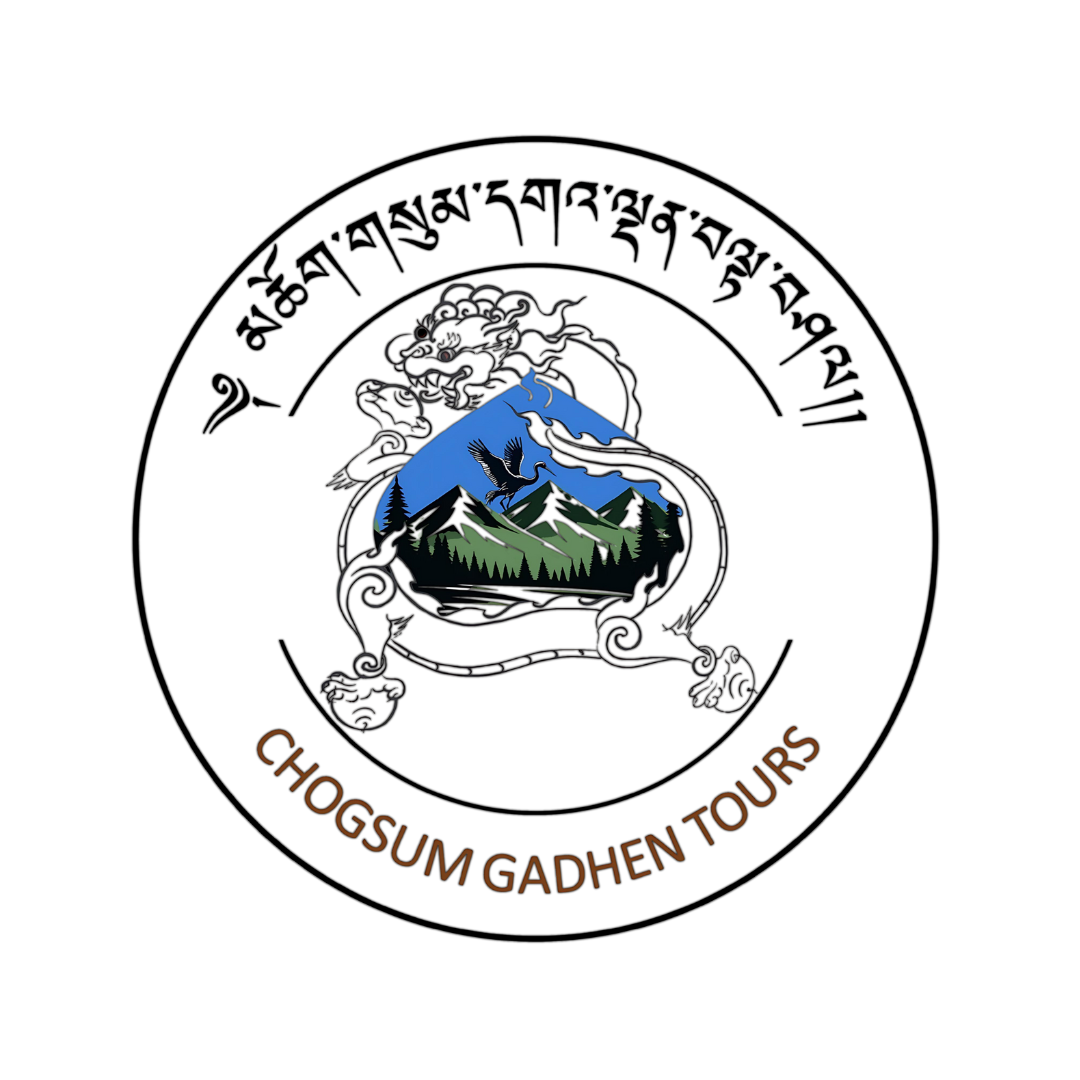Call Us:+975-17615031
Trashigang Dzong Eastern
Trashigang Dzong: Sentinel of the Eastern Gateway
Perched majestically atop a hill overlooking the confluence of the Drangme Chhu and Gamri Chhu rivers, Trashigang Dzong commands attention with its imposing presence and rich historical significance. Situated in the eastern region of Bhutan, this formidable fortress has long served as a bastion of defense and governance, safeguarding the kingdom’s eastern frontier and preserving its cultural heritage.
A Symbol of Strength and Authority
Trashigang Dzong, also known as the “Fortress of the Auspicious Hill,” was built in the 17th century by the visionary leader, Zhabdrung Ngawang Namgyal, as part of his ambitious project to fortify Bhutan’s borders and establish a network of dzongs across the kingdom. Strategically located at the crossroads of ancient trade routes and nestled amidst rugged terrain, the dzong played a pivotal role in protecting Bhutan from external threats and maintaining law and order in the region.
The fortress’s formidable walls, towering watchtowers, and intricately carved wooden balconies reflect the architectural brilliance and military prowess of its builders. Within its inner courtyard, visitors can explore a labyrinth of corridors, temples, and administrative chambers, each bearing testament to the dzong’s historical and cultural significance.
Guardian of Tradition and Culture
Beyond its role as a defensive stronghold, Trashigang Dzong serves as a beacon of Bhutanese culture and tradition. The fortress is a hub of religious and cultural activities, hosting festivals, rituals, and ceremonies that celebrate the kingdom’s spiritual heritage and foster a sense of community among its inhabitants.
During annual events such as the Trashigang Tshechu, the dzong comes alive with the vibrant colors, music, and dance of Bhutanese folklore, attracting pilgrims and revelers from far and wide. These festivities provide an opportunity for locals and visitors alike to immerse themselves in the rich tapestry of Bhutanese culture and witness the enduring legacy of tradition.
Gateway to the East
As the administrative center of Trashigang district, Trashigang Dzong plays a pivotal role in the socio-economic development of the eastern region of Bhutan. The dzong serves as a hub for government offices, educational institutions, and commercial activities, providing essential services and infrastructure to the local population.
Moreover, Trashigang Dzong serves as a gateway to the pristine natural landscapes and cultural treasures of eastern Bhutan. From the rugged peaks of the Himalayas to the verdant valleys and terraced fields, the region offers a wealth of opportunities for adventure, exploration, and spiritual renewal.
Merak and Sakteng Villages: Preserving Bhutan’s Nomadic Heritage
Nestled amidst the remote valleys of eastern Bhutan, Merak and Sakteng villages are hidden gems known for their unique semi-nomadic culture and traditional way of life. Situated at high altitudes and surrounded by pristine wilderness, these remote communities offer visitors a glimpse into a vanishing way of life and a chance to connect with the rhythms of nature.
Semi-Nomadic Traditions
The people of Merak and Sakteng are descendants of the Brokpas, a semi-nomadic ethnic group known for their distinctive culture and customs. For generations, they have lived in harmony with the natural environment, herding yaks, cultivating crops, and weaving intricate textiles using traditional methods passed down through the ages.
The semi-nomadic lifestyle of the Brokpas is characterized by seasonal migrations between highland pastures and lowland valleys, following ancient trails and grazing lands that have been used for centuries. This nomadic existence is deeply ingrained in their identity and worldview, shaping their values, beliefs, and social structures.
Cultural Riches and Traditions
Merak and Sakteng villages are repositories of Bhutan’s cultural heritage, preserving age-old traditions and rituals that are integral to the Brokpa way of life. From vibrant festivals and religious ceremonies to traditional dances and folk songs, the villages pulsate with the rhythms of tradition, inviting visitors to participate in their celebrations and learn from their customs.
One of the most cherished traditions of the Brokpas is the annual yak festival, where locals showcase their skills in yak racing, yak riding, and yak wool weaving. This colorful event brings together communities from across the region, fostering a sense of unity and camaraderie among the Brokpas and reaffirming their connection to the land and its resources.
A Sustainable Way of Life
Despite the challenges posed by modernization and globalization, the people of Merak and Sakteng remain steadfast in their commitment to preserving their cultural heritage and traditional way of life. Through community-based initiatives and sustainable development projects, they strive to strike a balance between modern amenities and traditional values, ensuring the continuity of their ancestral practices for generations to come.
Visitors to Merak and Sakteng villages have the opportunity to experience the Brokpa way of life firsthand, from participating in daily activities such as herding yaks and weaving textiles to sharing meals with local families and learning about their customs and beliefs. In doing so, they not only gain a deeper appreciation for Bhutan’s cultural diversity but also forge lasting connections with the resilient and hospitable people of the eastern Himalayas.
